In: thecovertcollective
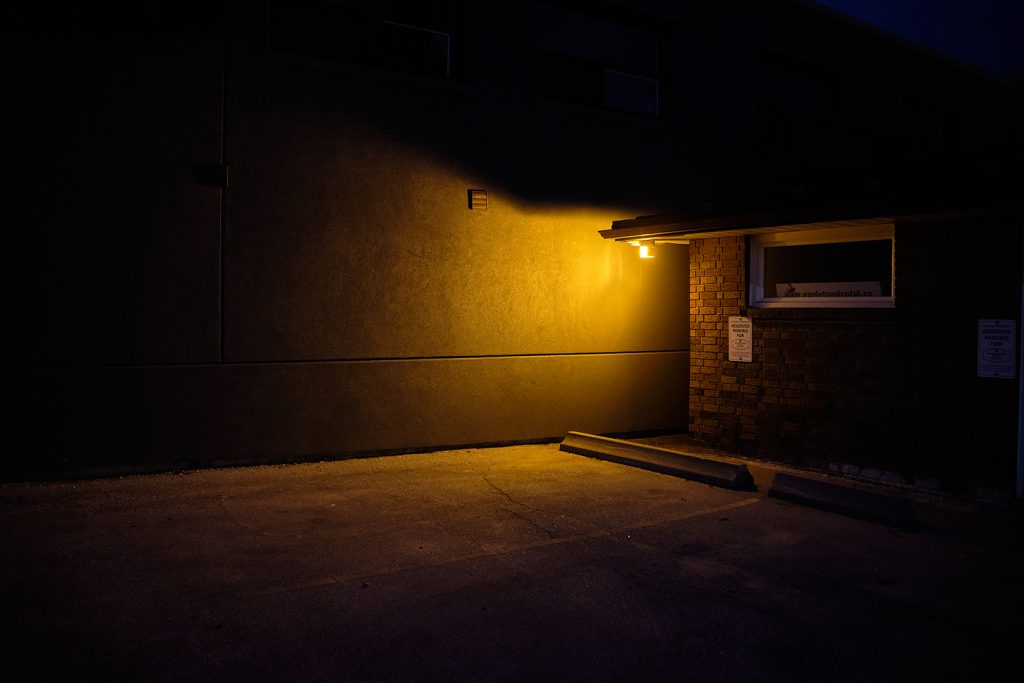
HAUNTED | DREAMING | CITY | STEVEN LAURIE
December 30, 2022HAUNTED | DREAMING | CITY | STEVEN LAURIE HAUNTED | DREAMING | CITY | STEVEN LAURIE @_steven_laurie_ @stevenlaurie_bw Steven Laurie Photography... Read More
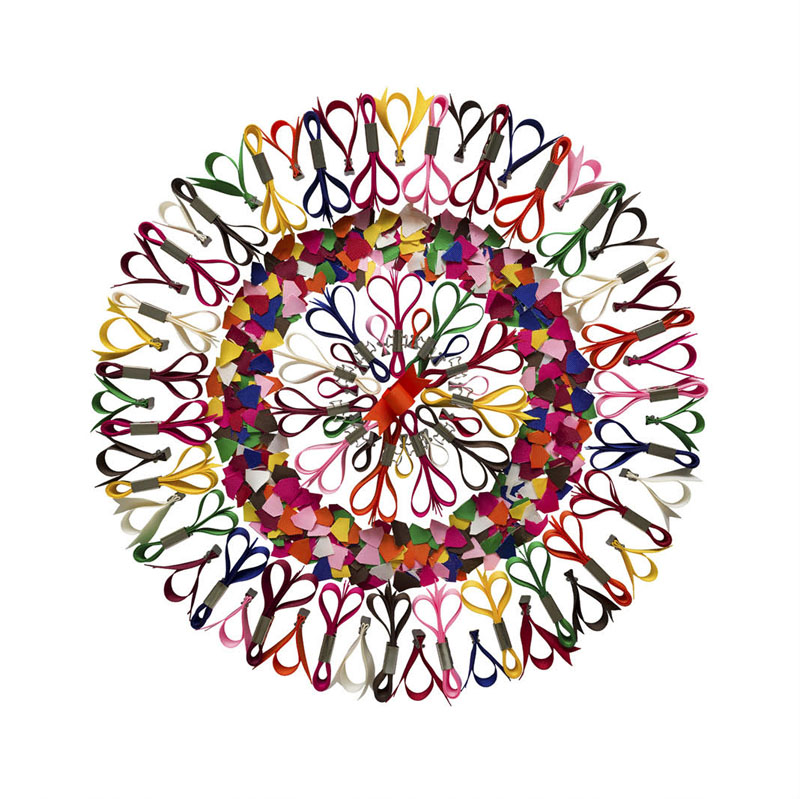
Leslie Hossack | Ribbon of Tears No. 8
December 13, 2021Leslie Hossack | No. 8
Leslie Hossack is an Ottawa photographer who created this image as part of a series of 11 pieces reflecting on the devastation of residential schools.
Hossack describes these works as follows:
“These photographs are my response to the ongoing tragedy of Canadian residential schools. The compositions were inspired by memories of my own childhood – ribbons, crayons, kaleidoscopes, pinwheels. I felt cared-for and carefree. That is what I wish for every child.
I hope these images will provide a starting point for conversations about the history and legacy of residential schools – conversations building towards truth and reconciliation. Ribbon of Tears is dedicated to all those robbed of their childhood by residential schools.”
Artist’s Note: These photographs are not for sale commercially. However, prints can be ordered directly through Toronto Image Works at a cost of 30% off the list price.
More images by this artist can be enjoyed at her Instagram account here and at her website ~ Peppa Martin
Read More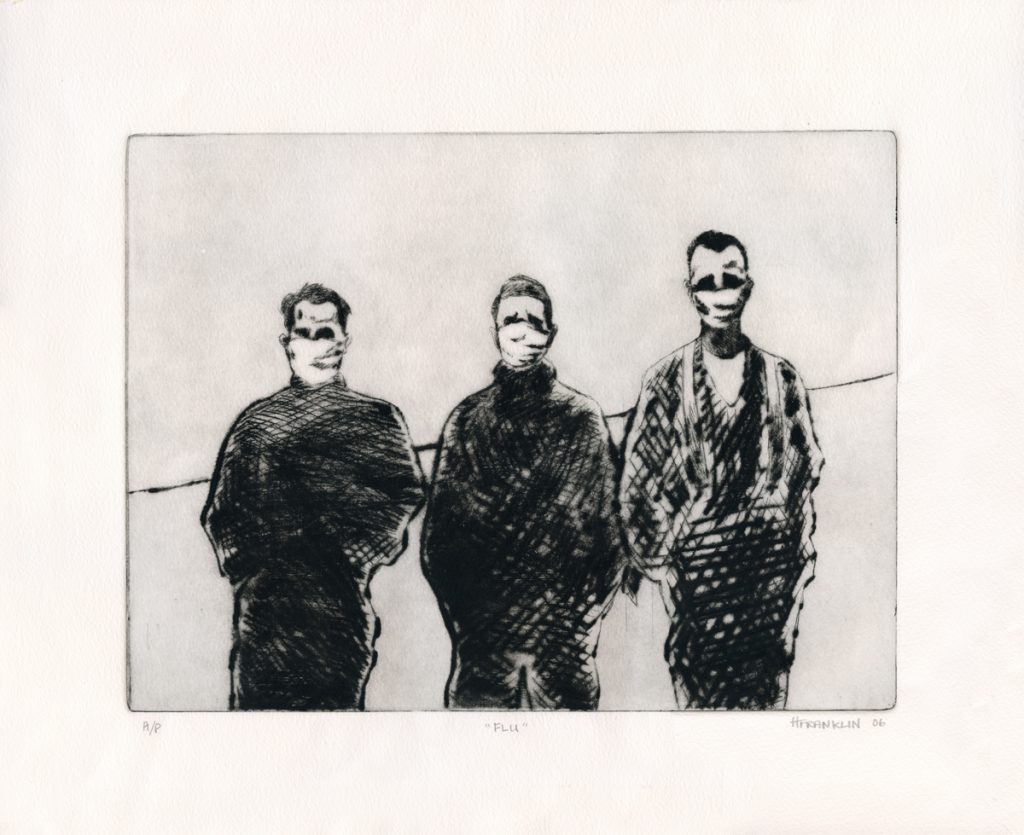
Heather Franklin | Flu
November 22, 2021Context is everything.
I first saw Flu, by Heather Franklin, in 2010. Heather, the Director of The Button Factory, Waterloo Ontario’s Community Arts Centre, made this drypoint print in 2006, drawn from a photo of three men during the Spanish Flu epidemic in 1918.
What drew me to the image was its strangeness. Three men, obviously out of doors (as indicated by the skewed horizon line, so likely to be farmers), in masks, facing an invisible, deadly threat. The title gave away the timeline and narrowed the reason for their masked anonymity to a necessity rather than a choice – they were not running from the law. But the masks still made them “others”, unrecognizable, in a situation I could not fathom. The print carried with it a sense of the uncanny, with a deep sense of foreboding.
In 2021, these men have become very knowable. They are us. They are simple people, dealing with a situation beyond their control in the simplest way they can. Now I find myself less concerned with the contagion swirling around them than with the economic straits they find themselves in, how their families are coping, whether or not they have lost loved ones. They have become human where once they were alien.
You can find more of Heather’s fine illustrations on her Instagram account @heathersphotophoto.
~ Mark Walton
Read More
Les Femmes Photographes De La nouvelle Vision En France 1920-1940 | Christian Bouqueret, 1998
January 13, 2022Les Femmes Photographes
De La nouvelle Vision En France 1920-1940 | Christian Bouqueret, 1998
Nicéphore Niépce Museum (Chalon-sur-Saône, Saône-et-Loire); Museum of Art, History and Archeology (Evreux); French Mission of photographic heritage; French association for the dissemination of photographic heritage.
This is the accompanying text to the exhibition Women photographers of the new vision in France, 1920-1940, which was on display in numerous places in France, including Paris (Hôtel de Sully, April 3-June 7, 1998), Chalon-sur-Saône (Musée Nicéphore Niépce, June 19-September 13, 1998) and Evreux, Musée of the old Bishop’s Palace, October-November 1998).
The artists in this show and the book are an impressive group of photographers whose works are still groundbreaking and evocative, almost a century later. These include Berenice Abbott, Laure Guillot, Denise Bellon, Ilse Bing, Germaine Krull, Dora Maar, Lee Miller, Claude Cahun, Lisette Model, Marianne Breslauer, Yvonne Chevalier, Nora Dumas, Gertrude Fehr, Gisèle Freund, Florence Henri, Annelise Kretschmer, Ergy Landau, Juliette Lasserre, Thérèse Le Prat, Dora Kallmus / Madame d’Ora, Rogi André, Ré Soupault, Gerda Taro and Camilla “Ylla” Koffler.
Bouqueret’s writing is in French, but the images are – of course – the real joy of this book. After reading it, I spent endless hours online, looking for more works by these artists. Research is too formal a word, as these photographs pulled me into a different time, and it was a way, again, in which the availability of artists’ works online is a treasure.
In light of that, I must also recommend this site: AWARE (Archive of Women Artists, Research and Exhibitions), as they have many images and information about the artists featured by Bouqueret, and much more.
It can be ordered online here, though I acquired a copy through my local library. ~ Bart Gazzola
Read More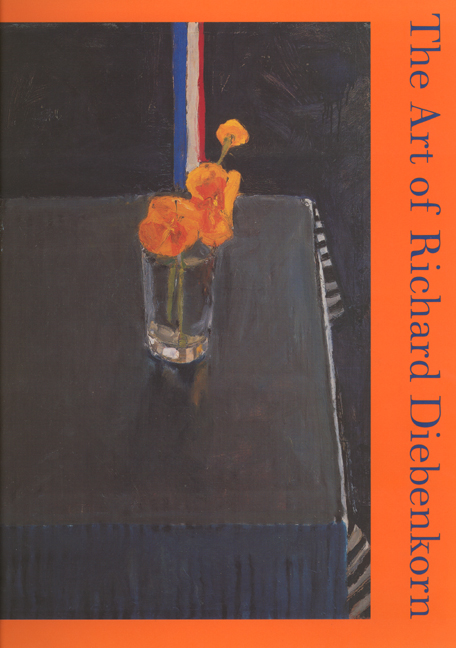
The Art of Richard Diebenkorn
December 18, 2021The Art of Richard Diebenkorn, 1997
Jane Livingston, with essays from John Elderfield and Ruth Fine (The University of California Press)
Forgive me for saying something positive about social media, but it’s allowed for a proliferation of art and images online (which is one of the motivating factors that helped create the Covert Collective); the art historian in me welcomes this, as on Twitter, for example, there’s numerous ‘art bots’ that have filled the sphere with many fine artworks – such as those of Richard Diebenkorn.
“Recognized as a major figure in postwar American painting, Richard Diebenkorn (1922-1993) was an artist strongly identified with California but whose work is beloved throughout the United States and the rest of the world. This catalog is the most comprehensive volume on the artist now available.
Jane Livingston’s extensively researched biographical essay covers Diebenkorn’s entire career and concentrates on the artist’s inner life and purposes as revealed in his paintings. Ruth Fine deals primarily with the figurative aspect of Diebenkorn’s work (1955-67), and John Elderfield concentrates on the Ocean Park period (1967-93). All three authors provide valuable insights based on their personal relationships with the artist and his widow, Phyllis. On both page and canvas, the reader can sense Diebenkorn’s complexity and highly self-conscious working methods, as well as his formidable integrity.
The Art of Richard Diebenkorn will give readers with an interest in all phases of modernism new thoughts about the relationship between abstraction and representation. Stunningly illustrated, with 192 full-color reproductions, this book is an exhilarating testament to a distinctive American artist.” (from the publisher, The University of California Press)
The essays are enjoyable and informative: but the majority of the book is defined by almost 200 full-colour reproductions and that’s why I recommend this book. From Diebenkorn’s still life paintings to his rough portraits to his ephemeral repeated meditations where place and abstraction intersect, this book is rife with beautiful images. “If painting doesn’t offer a way to dream and create emotions, then it’s not worth it”, to quote Pierre Soulages, a contemporary to Diebenkorn, and one can easily get lost among the many images of Diebenkorn’s in this book
This is hopefully to be found at your library (UC Press offers a space to request a copy for the same), or your locally owned bookstore. Since I mentioned social media in this Library suggestion, it would be remiss to not offer links to a Richard Diebenkorn #artbot on Twitter, as a teaser to encourage you to seek out this book.
~ Bart Gazzola
Read More
The Banff Purchase – An Exhibition of Photography in Canada
October 22, 2021The Banff Purchase
An Exhibition of Photography in Canada
John Wiley and Sons, 1979
It never ceases to amaze me how many incredible books one can find at local used bookstores and antique markets. The Banff Purchase is one of them for me. Published in 1979 to celebrate the Banff Centre’s purchase of 153 photographs by seven contemporary (at the time) Canadian photographers, the book is a treasure trove of work by the likes of Nina Raginsky, Orest Semchisen, Lynne Cohen and others. The introduction by Penny Cousineau presages her work to clarify a Canadian artistic identity, as published a quarter century later in Faking Death, previously reviewed on curated here.
Semchisen’s work is a dustier, emptier distillation of Walker Evans’ Depression Era work in the American south. Lynne Cohen is known for her large scale, uninhabited set pieces. Nina Raginsky’s playful, hand-tinted portraits often portray people who are IN the scene, but not OF the scene. Also accompanied by the works of David McMillan, Robert Boudreau, Tom Gibson and Charles Gagnon, the images that comprise The Banff Purchase are a great starting point for anyone wanting to get to know the history of Canadian photography.
Long out of print, you can find this book quite inexpensively in the aforementioned places, or online.
For more images see the full post here.
~ Mark Walton
Read More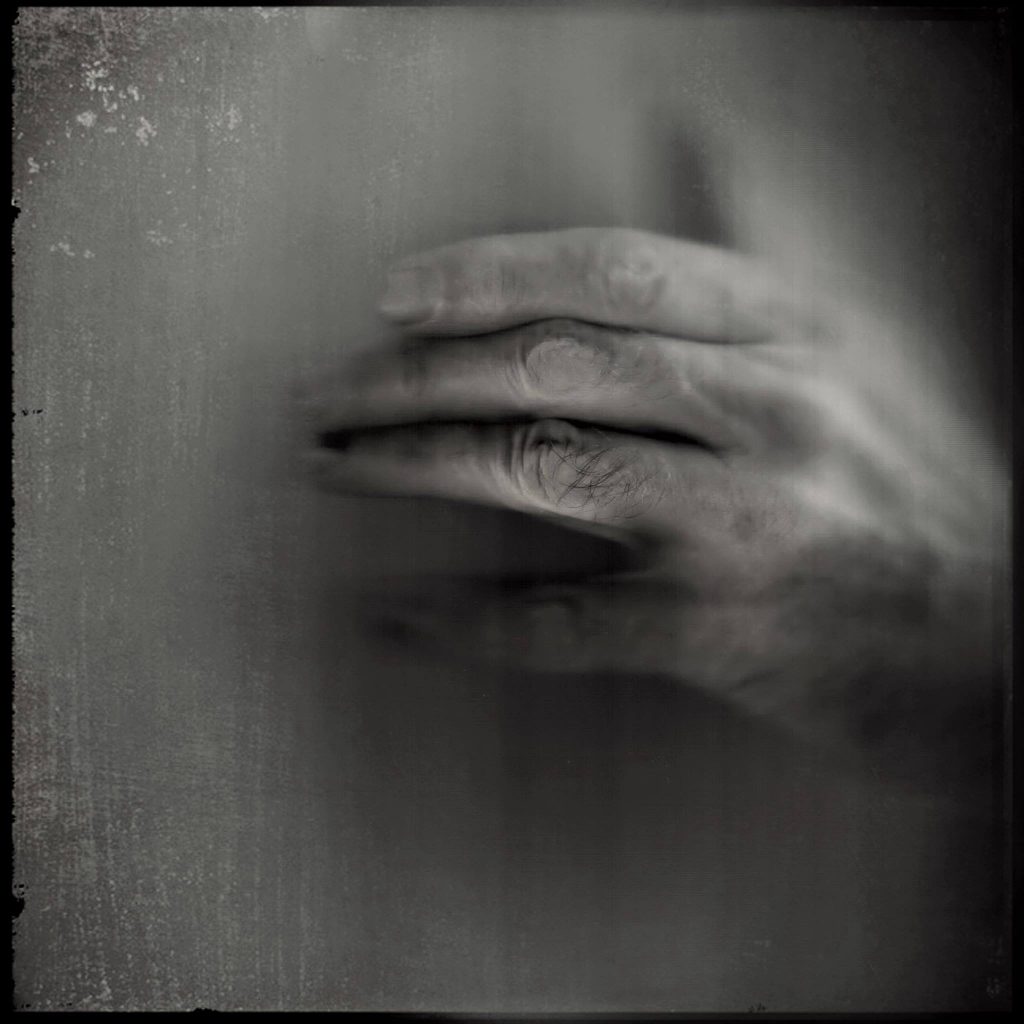
Mišo Smišek – Narrative Art
October 7, 2021Mišo Smišek of Belgrade, Serbia, is a consummate artist. He paints and draws. He is an incredible photographer and has illustrated numerous books. He is a regularly published and acclaimed writer of short stories. He sculpts. He creates pottery and does frottage. The breadth and scope of his work is quite simply impressive. Best of all, every piece he creates has the ability to elicit deep emotion from the viewer or reader of his work. Often dark but rarely disheartening or depressing, his work typically incorporates two or more mediums as above. Mišo has uncanny an ability to create a short story in every piece of his work.
At 64 years old, Miso studied Slovak language and literature at the Faculty of Philology of the University of Belgrade and currently works as a librarian in Boľovce. He posts regularly to social media.
Facebook: Mišo Smišek Art
Instagram: @misosmisek
~ Mark Walton
Read More
Recent Comments